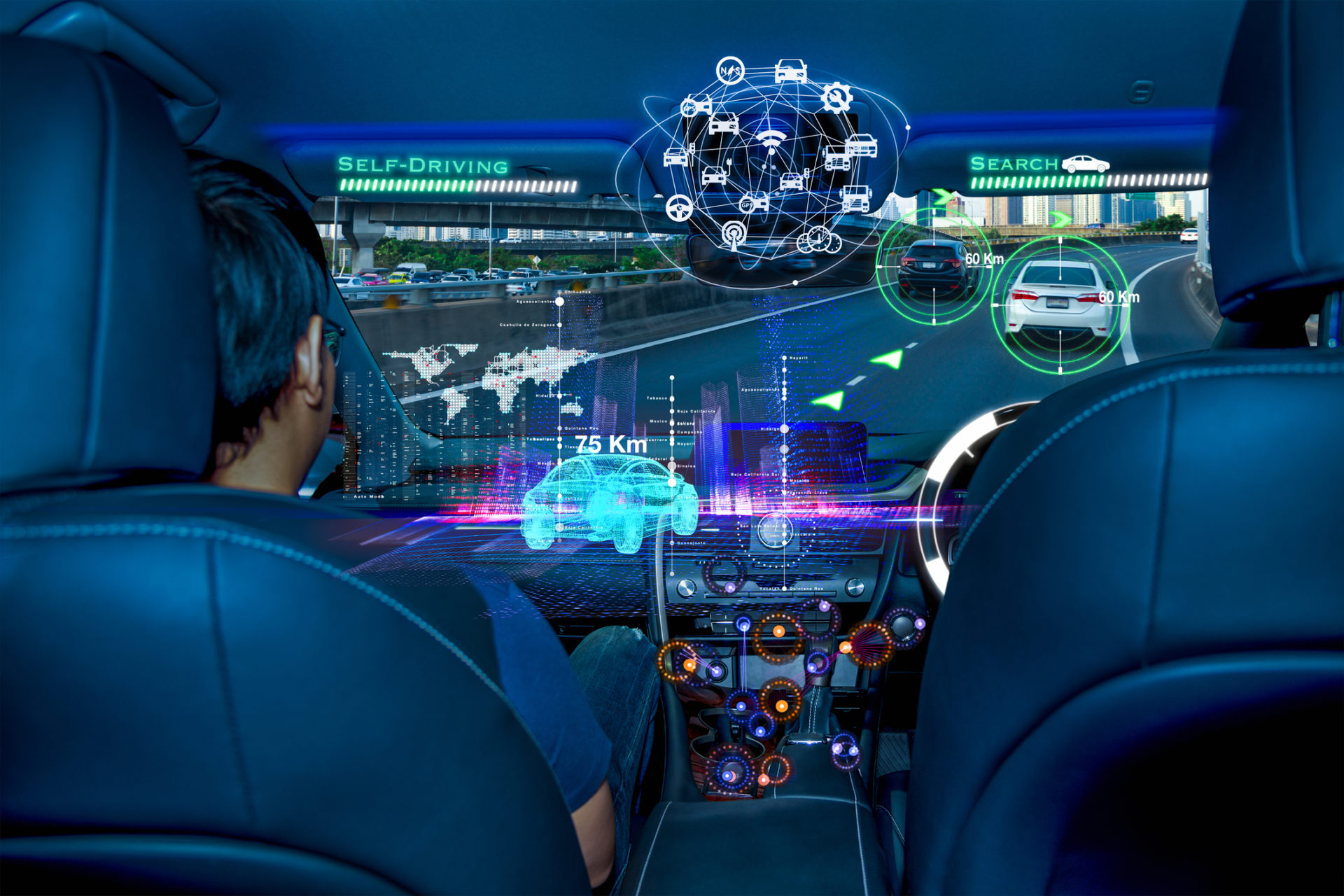Archive for 2022
What Is The Workplace Injury Commission?
On 1 September 2022, the Accident Compensation Conciliation Service changed its name to the Workplace Injury Commission (“WIC”). The WIC is responsible for attempting to resolve disputes in relation to workers compensation entitlements between an injured worker and the WorkCover insurer via conciliation or arbitration. The introduction of the WIC led to some additional changes…
Read MoreCan my Employer or WorkCover Agent Attend my Medical Appointments?
Can my Employer or WorkCover Agent Attend my Medical Appointments? The simple answer is no. Without your consent, it is a flagrant breach of your privacy. Many of our clients approach us and query whether their employer or their WorkCover representative is permitted to attend their private medical appointments. Frequently, employers and their representatives ‘invite’…
Read MoreTruckies Rocked by Suicide Trauma Fight for Justice
A Category of Forgotten Worker/Road User This is an extremely distressing topic for us to raise, but we feel that not having the debate is to sit back and perpetuate a failure of the law and insurance for a category of hard-working, everyday people. It is a topic that involves the tragedy of suicide,…
Read MoreEven if Your Vehicle is on Autopilot – You’d Better Not Be!
Yesterday’s horrific transport accident in Armadale which left a woman in a critical condition at The Alfred Hospital after being struck by the driver of a vehicle allegedly on Autopilot, is a stark reminder of every driver’s need to understand the capabilities of the technology they are using and their non-delegable duty to be responsible…
Read MoreInjury involving an e-scooter?
Ongoing Issues Since the first trial of e-scooters in Australia in 2021, the media has been littered with stories of people suffering injury as a result of their foray into riding e-scooters, and/or pedestrian encounters with e-scooter riders. The ABC recently reported that “A study by the Royal Melbourne Hospital found 256 patients were admitted to…
Read More




